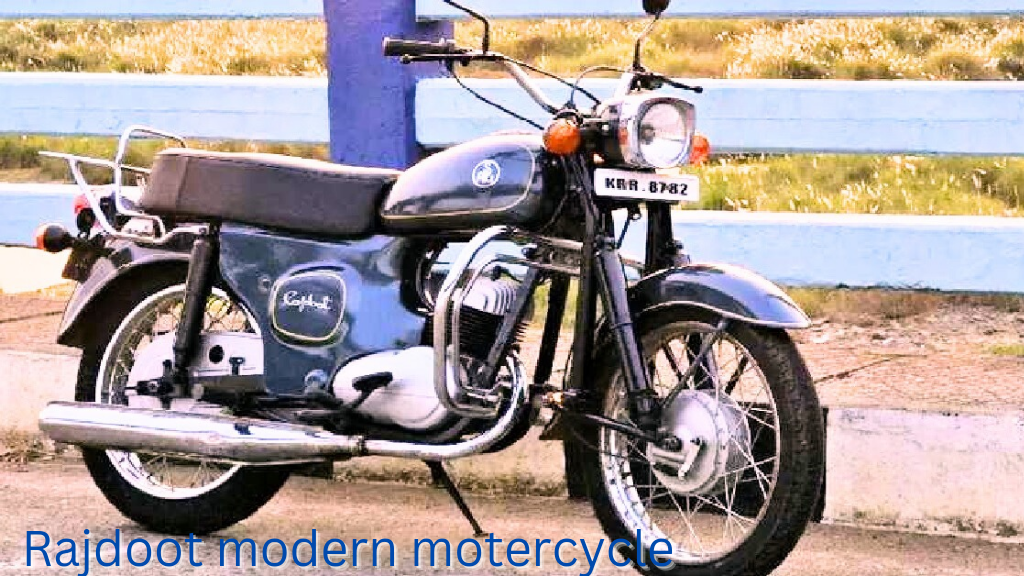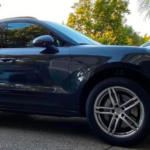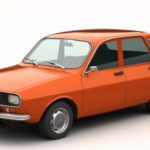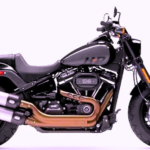The Rajdoot: A Journey Through Indian Motorcycle Legacy
Motorcycles are often more than just a mode of transport; they represent freedom, adventure, and a specific era in time. In India, the rajdoot one such motorcycle that has left an unforgettable mark is the Rajdoot.
With its distinct design and cultural influence, the Rajdoot became a beloved symbol in the 1970s and 1980s, and still holds a nostalgic place in the hearts of motorcycle lovers today.
Introduction to The Rajdoot
The Rajdoot was a motorcycle brand manufactured by Escorts Group, a significant player in the Indian automotive industry. Launched in the early 1970s, the Rajdoot quickly rose to prominence due to its robust build and solid performance, making it one of the most recognized motorcycles of its time.
The bike was aimed at a wide range of consumers, from everyday riders to those looking for a dependable, yet stylish vehicle.
It was during a time when motorcycles were beginning to reshape transportation in India, and the Rajdoot played an essential role in introducing a new era of motorcycling to the Indian public.
Its design and performance set it apart, making it a staple in households, especially in small towns and rural areas.
A Glimpse into History: Origins and Launch of the Rajdoot
Rajdoot was a product of the Escorts Group, an Indian conglomerate with a long history of manufacturing vehicles, including agricultural equipment and automobiles. The company collaborated with IZH, a Soviet Union-based motorcycle manufacturer, to produce the motorcycle in India.
The goal was to introduce a bike that combined power and durability, perfect for Indian road conditions.
The Rajdoot made its debut in the early 1970s, with the Rajdoot 175 model being launched in 1973. The 175cc engine was perfect for Indian roads, offering a reliable mix of power and fuel efficiency.
The motorcycle quickly became popular, especially in rural areas where it was used for both commuting and as a workhorse for transporting goods and passengers.
The Rajdoot 175: Engineered for the Indian Roads
The Rajdoot 175 became the most iconic model of the brand, known for its simplicity and ruggedness. The bike’s sturdy build made it ideal for navigating the rough and poorly maintained roads common in many parts of India.
It featured a 173cc, two-stroke engine that provided the power necessary for long-distance commutes while maintaining efficiency.
This motorcycle’s combination of comfort and practicality made it popular among middle-class families, particularly those transitioning from bicycles to motorized transport.
With its large fuel tank, comfortable seating, and reliable performance, the Rajdoot became a symbol of mobility for many families, offering an accessible way to cover both short and long distances.
Rajdoot’s Cultural Influence: The Bike That Defined a Generation
In India, motorcycles have always been more than a means of transport; they carry cultural significance. During the 1970s and 1980s, the Rajdoot became a symbol of freedom and independence, especially for young people.
The motorcycle’s powerful engine and imposing presence on the road gave it a reputation as the bike for the adventurous spirit.
The Rajdoot became a fixture in Indian films during this period, often seen as the vehicle of choice for the dashing, rebellious protagonists of Bollywood movies.
Whether in action-packed scenes or romantic moments, the Rajdoot was the iconic bike that defined the era’s film culture. This further cemented the motorcycle’s place as a cultural symbol.
Beyond movies, the Rajdoot was widely admired in rural and semi-urban areas. It was often the first motorbike for many, marking a transition into a new era of personal mobility.
The motorcycle represented not only increased mobility but also a sense of empowerment, allowing people to travel greater distances and connect with other parts of the country.
The Decline of Rajdoot: Competition and Changing Times
As the years passed, the Rajdoot began to face increasing competition from other motorcycle brands. In the 1980s, companies such as Bajaj, Hero, and TVS began producing more efficient and stylish motorcycles, featuring advanced technologies like four-stroke engines that offered better fuel economy and lower maintenance costs.
One of the main drawbacks of the Rajdoot was its high fuel consumption and maintenance needs. While its powerful engine made it suitable for long rides, newer motorcycles offered superior efficiency and lower upkeep costs.
The changing preferences of consumers, along with the advent of more modern and technologically advanced bikes, led to the decline of Rajdoot’s dominance in the market.
By the 1990s, the Rajdoot had largely disappeared from production, and the Escorts Group stopped manufacturing the model. The end of the Rajdoot marked the closing of a significant chapter in India’s motorcycling history, but its legacy continued through the memories of those who had once owned or ridden the bike.
Reviving the Rajdoot Legacy: Nostalgia and Restoration
Even though the Rajdoot no longer dominates Indian roads, it continues to captivate motorcycle enthusiasts and collectors. The motorcycle has become a symbol of nostalgia for many, especially for those who grew up in the 1970s and 1980s.
Enthusiasts often go to great lengths to restore vintage Rajdoot motorcycles, preserving them as a tribute to an era that defined motorcycling in India.
Restoration clubs, vintage bike shows, and online forums dedicated to the Rajdoot have become popular in recent years.
The love for the Rajdoot has seen a resurgence among those looking to relive the past and preserve these iconic bikes. Some even customize their Rajdoots, incorporating modern upgrades while maintaining the classic look and feel of the bike.
The restoration efforts and growing interest in these vintage bikes have become a part of the larger trend of vintage motorcycle culture in India. These bikes are not only restored for personal enjoyment but also to honor a piece of Indian history that has shaped the country’s motorcycling culture.
Conclusion: The Enduring Impact of Rajdoot
The Rajdoot was not just a motorcycle; it was an integral part of the Indian automotive landscape for several decades. Its rugged design, reliable performance, and cultural significance made it a beloved companion for thousands of riders across the country.
Although the brand has long been discontinued, the Rajdoot remains a cherished memory for many and continues to influence the motorcycle market even today.
The enduring legacy of the Rajdoot is visible in the restored models that continue to appear in vintage bike rallies and exhibitions. The motorcycle’s simple yet powerful design has left an indelible mark on Indian motorcycling culture.
For many, the Rajdoot is not just a bike; it’s a symbol of an era when motorcycles were about more than just transportation — they were about adventure, freedom, and independence.









